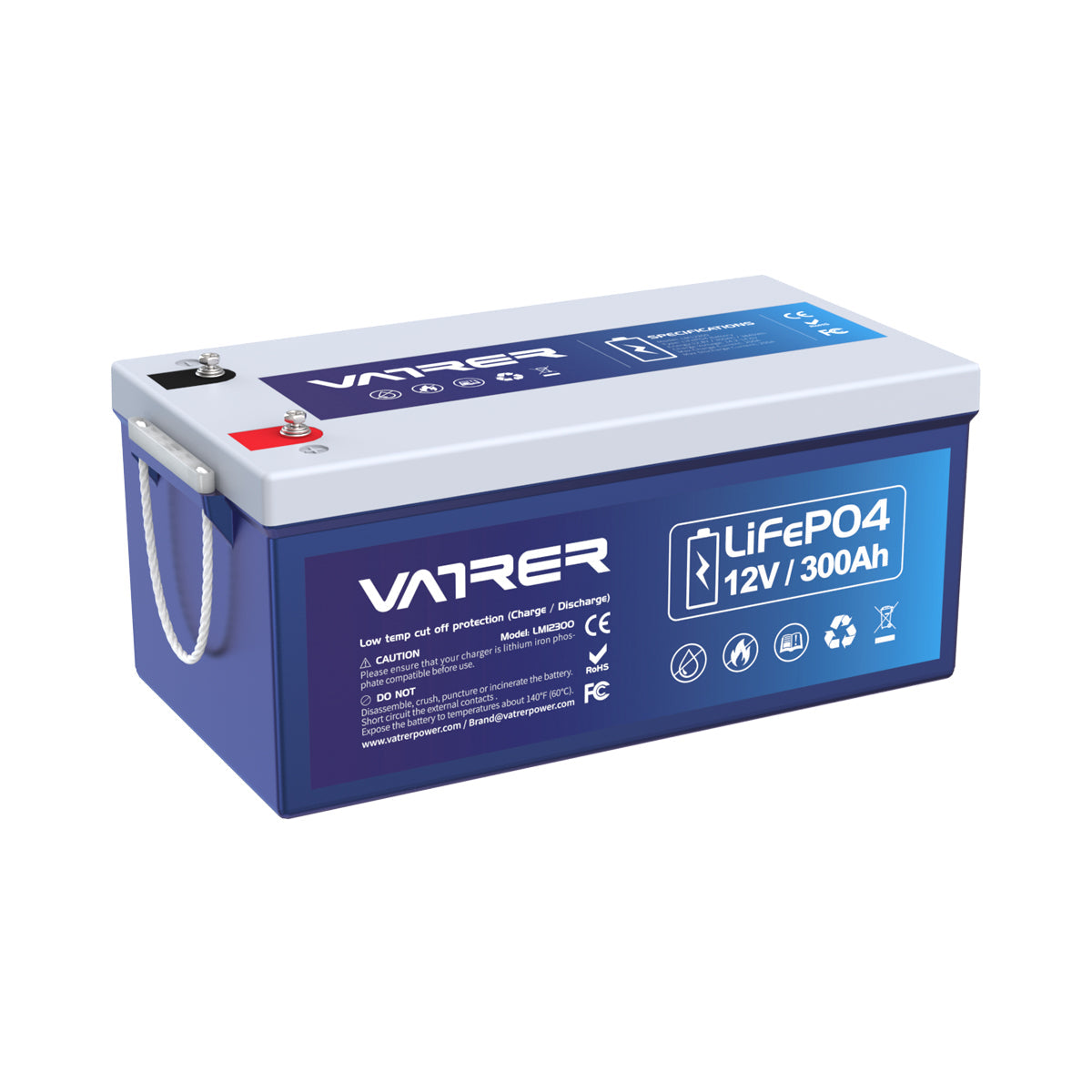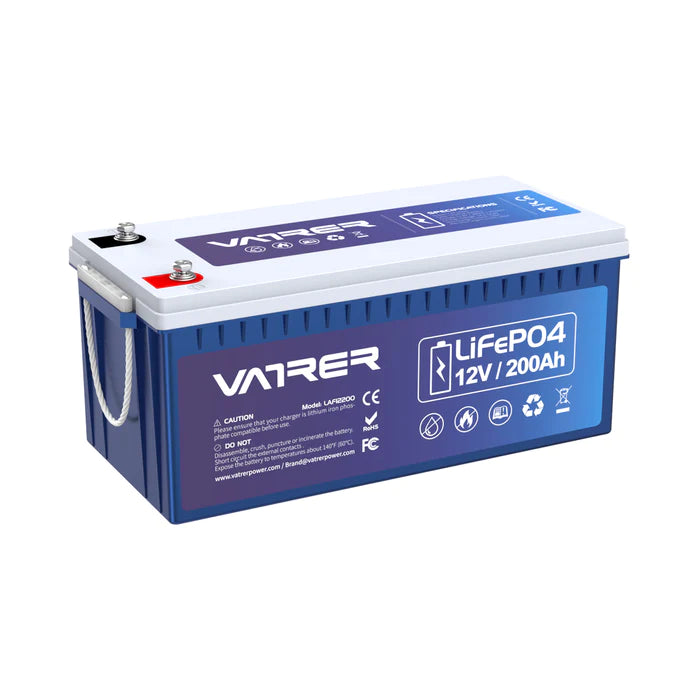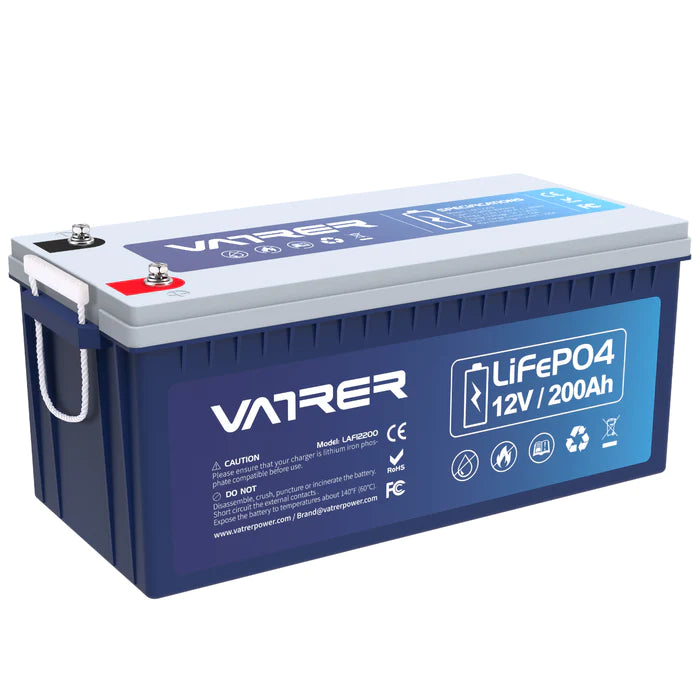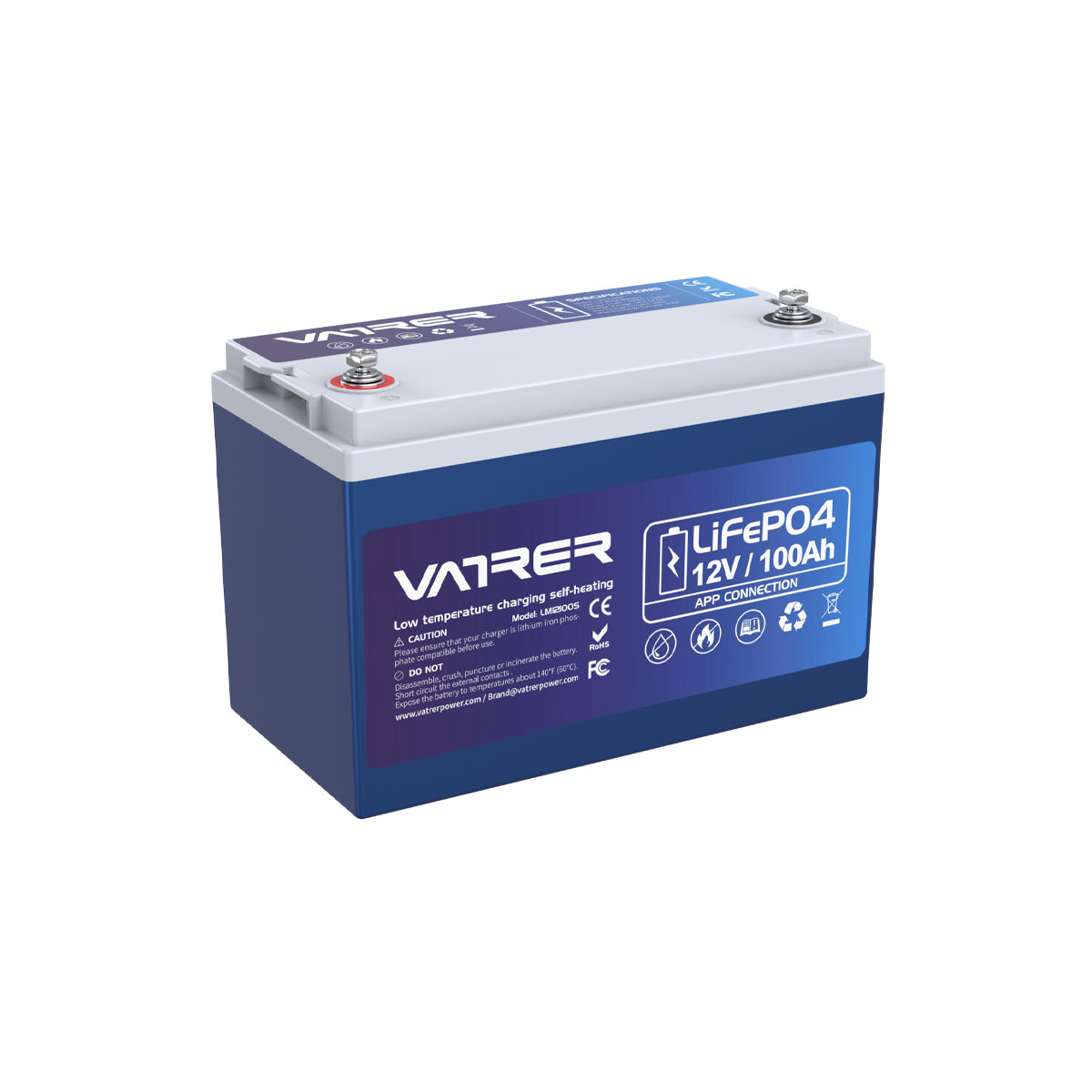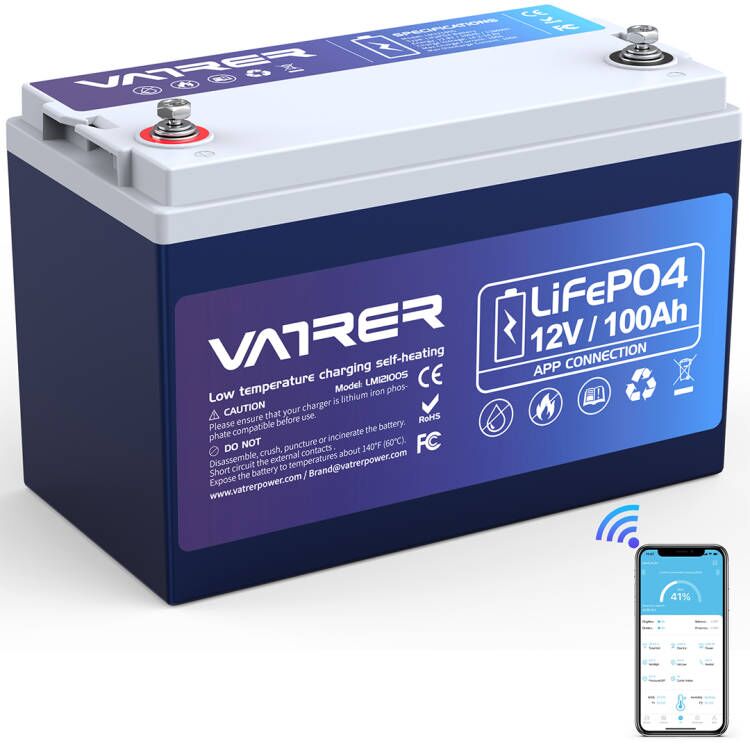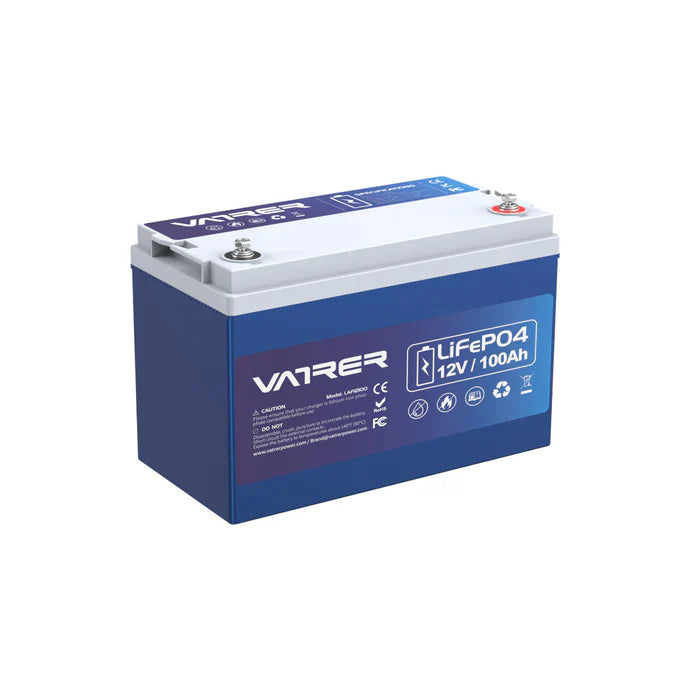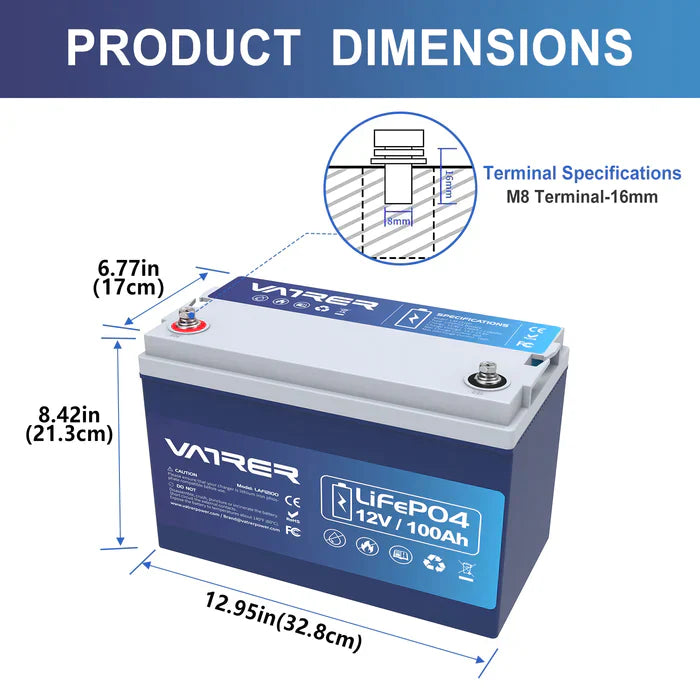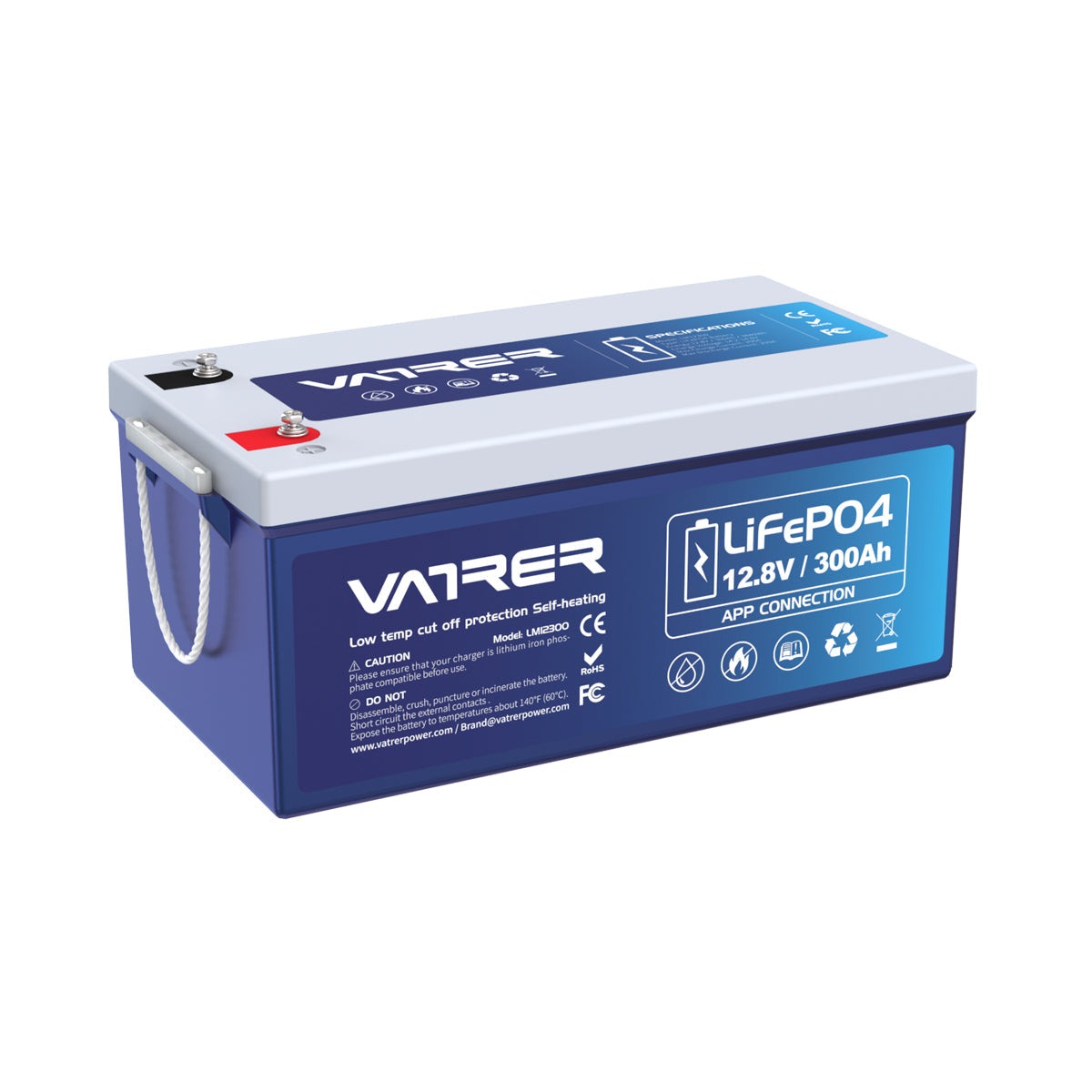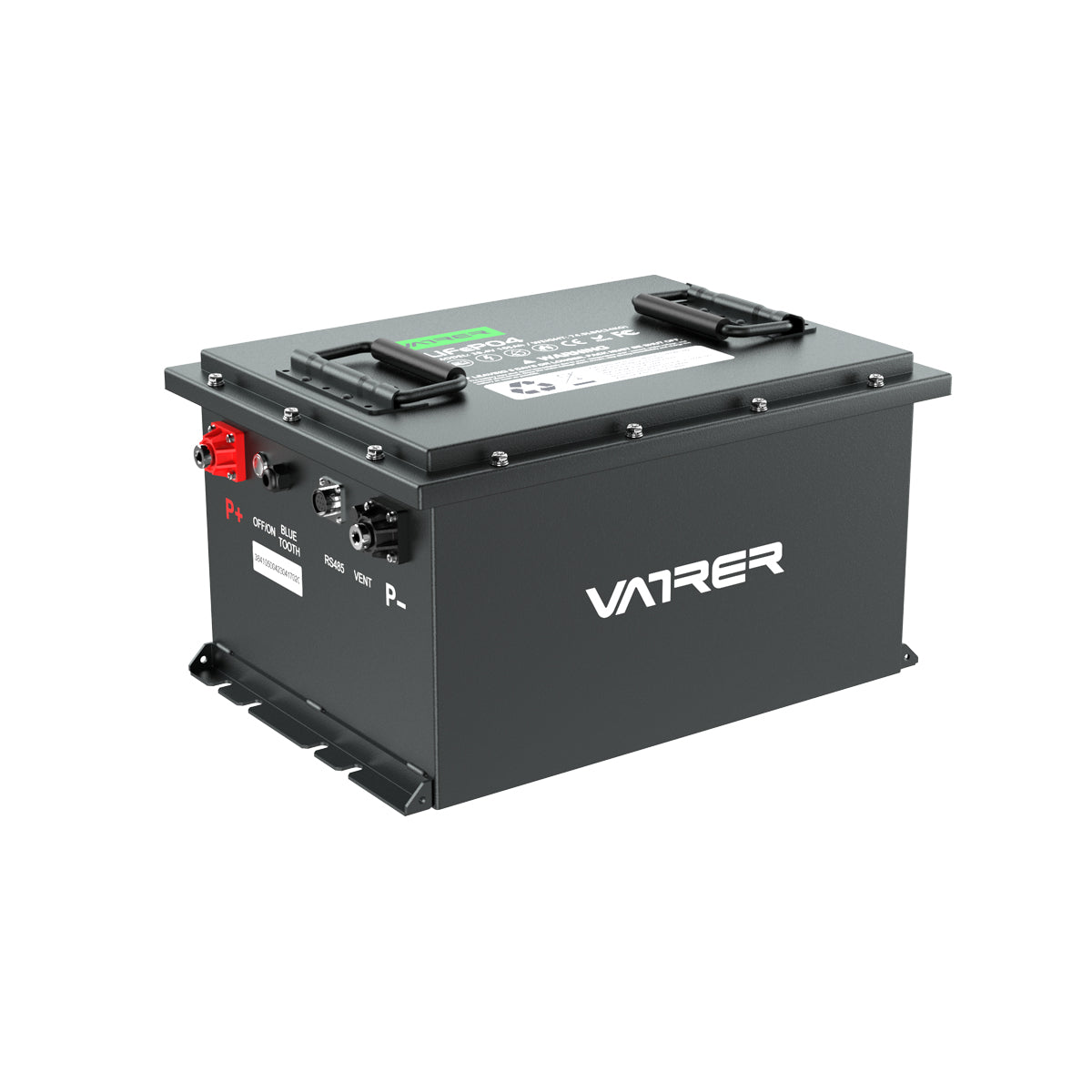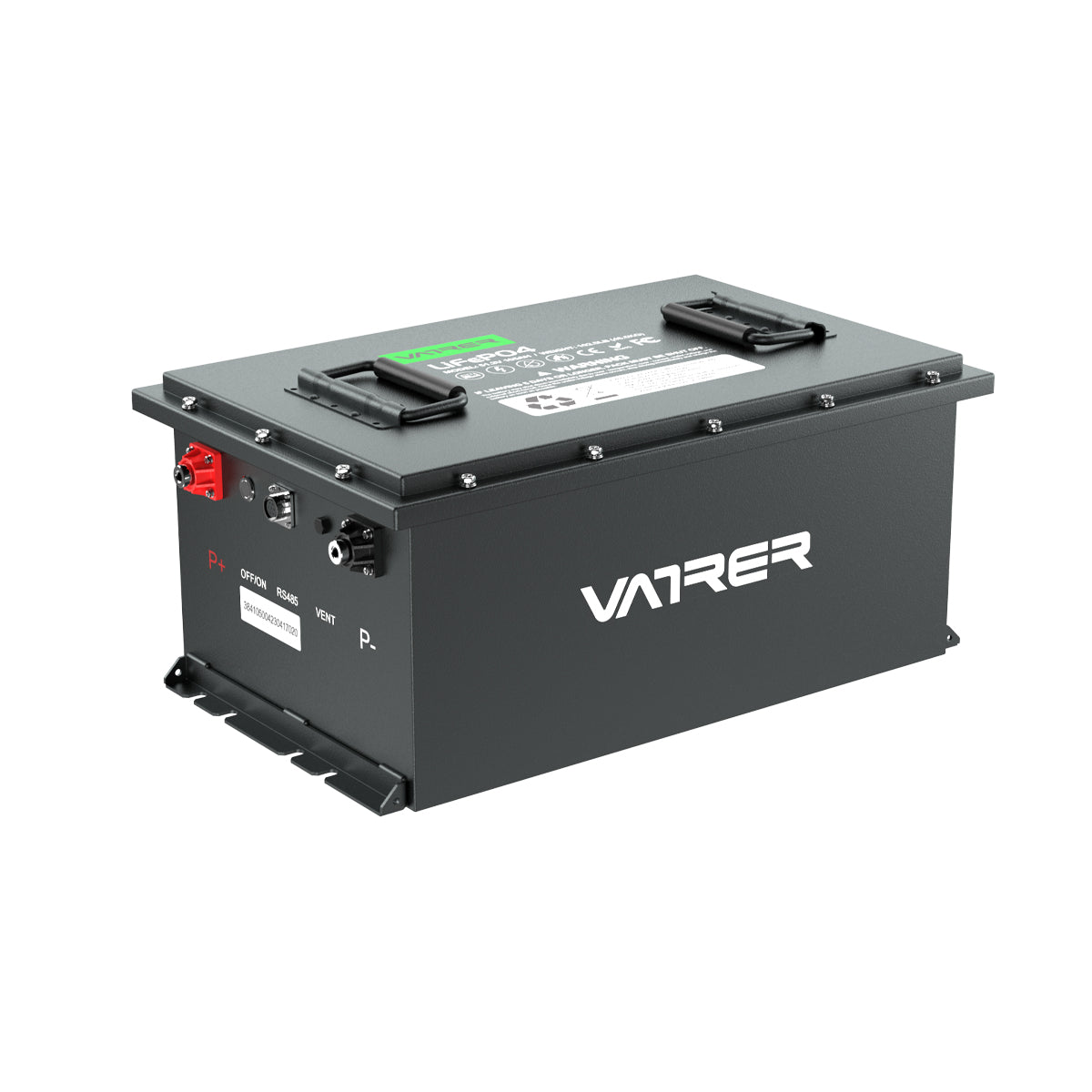When it comes to powering modern devices, from smartphones to electric vehicles, lithium-based batteries are at the forefront of the technology landscape. Two of the most common types are Lithium Iron Phosphate (LiFePO4) and Lithium-Ion (Li-ion) batteries. While they share some similarities, they also have distinct differences that make each suitable for specific applications. This article will delve into the key aspects of LiFePO4 and Li-ion batteries, helping you understand their advantages, disadvantages, and appropriate uses.

What are LiFePO4 and Lithium Ion Batteries?
LiFePO4 (Lithium Iron Phosphate) Batteries:
LiFePO4 batteries are a type of lithium battery that uses iron phosphate as the cathode material. They are known for their stability, long cycle life, and safety. These batteries are often used in applications where safety and longevity are paramount, such as in solar energy storage systems and electric vehicles.
Lithium-Ion (Li-ion) Batteries:
Li-ion batteries, on the other hand, use various materials as cathodes, such as cobalt oxide, nickel manganese cobalt oxide (NMC), or nickel cobalt aluminum oxide (NCA). They are renowned for their high energy density and lightweight, making them ideal for portable electronics like laptops, smartphones, and power tools.
Key Differences Between LiFePO4 and Lithium Ion Batteries
-
Energy Density:
- LiFePO4: Typically has a lower energy density (90-120 Wh/kg) compared to Li-ion batteries. This means they store less energy per unit of weight.
- Li-ion: Offers a higher energy density (150-200 Wh/kg), making them more suitable for applications where space and weight are critical factors, such as in consumer electronics.
-
Cycle Life:
- LiFePO4: Known for their impressive cycle life, often exceeding 2000 cycles. This makes them ideal for applications requiring frequent charging and discharging.
- Li-ion: Generally, have a shorter cycle life, around 500-1000 cycles, depending on the specific chemistry and usage conditions.
-
Safety:
- LiFePO4: Highly stable and safe, with a lower risk of thermal runaway and fire. This is due to the strong chemical bonds in the iron phosphate material.
- Li-ion: More prone to overheating and thermal runaway, which can lead to fires or explosions if not properly managed. Safety mechanisms are essential in Li-ion battery design.
-
Cost:
- LiFePO4: Typically more expensive upfront due to the materials and manufacturing processes involved. However, their long lifespan can make them more cost-effective over time.
- Li-ion: Generally cheaper upfront but may require more frequent replacements, potentially leading to higher long-term costs.
-
Environmental Impact:
- LiFePO4: Considered more environmentally friendly since they don't contain cobalt, which is associated with ethical and environmental concerns.
- Li-ion: Often contain cobalt, which has been linked to environmental damage and human rights issues in mining practices.
Applications
LiFePO4 Batteries:
-
Electric Vehicles (EVs): Particularly in situations where safety and longevity are more critical than weight.
-
Solar Energy Storage: Ideal for home solar systems due to their long cycle life and stability.
-
Marine and RVs: Used in environments where robustness and safety are paramount.
Li-ion Batteries:
-
Consumer Electronics: Such as smartphones, laptops, and tablets, where high energy density and lightweight are crucial.
-
Power Tools: Benefiting from the high power output and lighter weight.
-
Electric Vehicles: Especially in high-performance models where energy density is a significant factor.
Conclusion
Both LiFePO4 and Lithium-Ion batteries have their unique advantages and are suited to different applications. LiFePO4 batteries excel in safety, longevity, and environmental friendliness, making them ideal for energy storage and electric vehicles. Conversely, Lithium-Ion batteries offer higher energy density and are more suitable for portable electronics and applications where weight and volume are critical.
Understanding these differences can help you make informed decisions based on your specific needs, whether you are looking to power a smartphone, install a solar energy system, or drive an electric vehicle. As battery technology continues to evolve, both types of batteries will likely see improvements, further expanding their applications and benefits.











